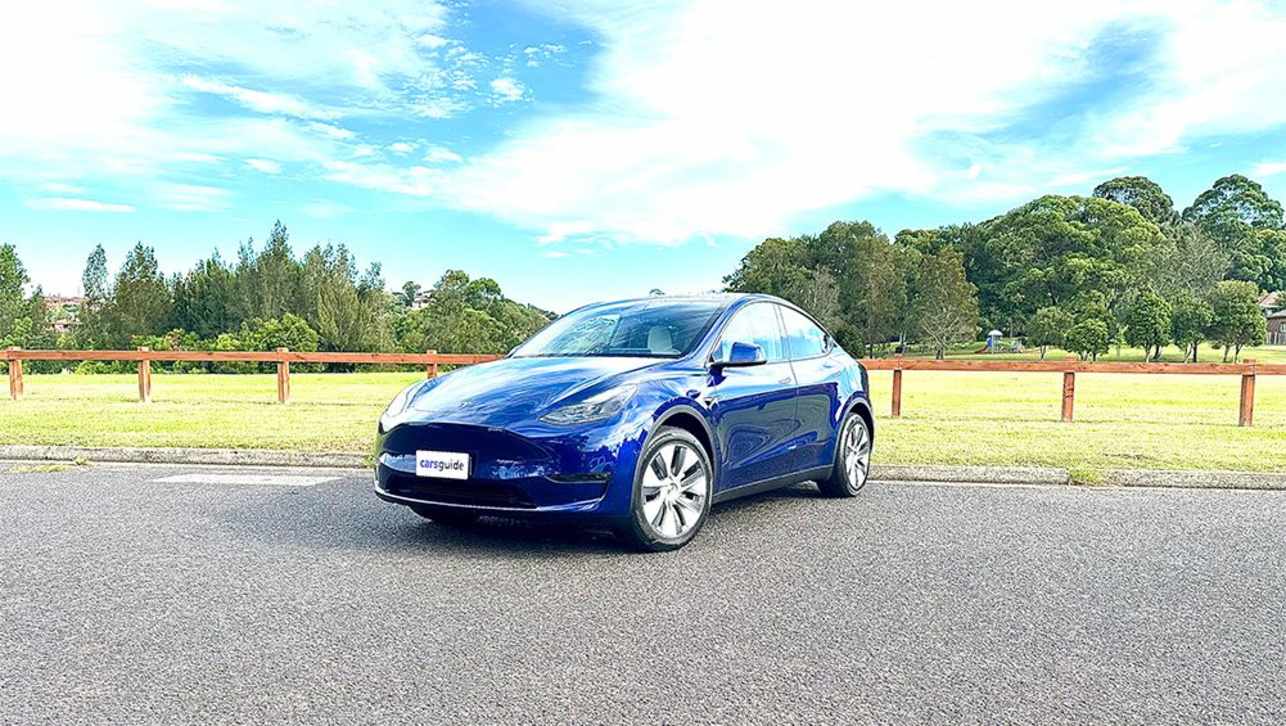Ford's new Ferrari-fighter has more lines of computer code than passenger jets and fighter planes. There is just one problem: that's not something Ford should be bragging about -- because in the tech world less is now more.
Ford's new Ferrari-fighting supercar has a staggering 10 million lines of computer code to get all its turbocharged power to the road.
That's eight million more lines of computer code required to keep a Lockheed Martin F22 fighter jet in the air, and at least three million more lines of computer code to get the brand-new Boeing 787 Dreamliner off the ground.
There is just one problem: in the modern tech geek world, less is now more.
Boeing has even boasted that its new 787 didn't need as many lines of code because its latest commercial aircraft had more advanced software to process data.
It turns out the new Ford GT has more computer power than it actually needs.
In a detailed briefing of the yet-to-be-released Ford GT supercar in Detroit, Ford Performance chief engineer Jamal Hameedi admitted the GT has more lines of code than what is required because the company uses "off-the-shelf" parts from technology suppliers, rather than tailor-made systems.
Nevertheless, the extra capacity means the new Ford GT will be able to be driven faster on a racetrack in non-expert hands, because the computer power can control more individual elements of the car.
You want everything off? Okay then, you can be the slower guy but the hero
For example, the Ford GT's traction control system is so accurate it can apply pressure to any one or all four of the brake discs independently and at different rates, to prevent a skid or to get through the corner as fast as possible.
Mr Hameedi said the technology was now so advanced it is quicker to leave the traction control systems switched on, whereas previously some expert drivers disabled them on a racetrack because they interfered too much.
"Do you truly turn everything off (even though) you can make the car go faster with some things on," Mr Hameedi told Australian media in Detroit. "You want everything off? Okay then, you can be the slower guy but the hero."
The new Ford GT, made from the same lightweight carbon-fibre material used in Formula One racecars, has more than 50 different sensors and 28 microprocessors to keep its power in check.
More than 3000 different signals -- handled by six "communication area networks" -- generate 300MB of data per second, which equate to more than 100GB of data per hour.
On top of that, the data is refreshed every eight milliseconds, and measures everything from outside humidity, the pressure in each tyre, and how much G-force the car is generating, whether it's in a straight line or in corners.
The new Ford GT is due to go on sale internationally next year even though it was unveiled at this year's Detroit motor show in January.
The new Ford GT won't be sold in Australia
Price -- and power figures from the twin-turbo 3.5-litre V6 -- are yet to be announced, but Ford has confirmed just 250 will be made each year, which is much less than the 4037 of the previous 2005-model Ford GTs that were made.
The new Ford GT won't be sold in Australia -- even though Australian Todd Willing was one of the small team who designed the car in a secret bunker under Ford's technical centre in Detroit -- because it is only being made in left-hand-drive.
However Ford says a small number of super-rich buyers may add it to their private collections -- even though it can't legally be driven on Australian roads.
The original Ford GT40 won the LeMans 24-hour race four consecutive times from 1966 to 1969 after a bitter battle with Ferrari, which had won the previous six years in a row.
The 1966 event was the first European race victory by an American car manufacturer since 1921; Henry Ford himself was there to witness the momentous win.
Ford built a modern version of the GT between 2004 and 2006 but it was axed earlier than planned because only 4037 of the 4500 it forecast had actually sold.








.jpg)

.jpg)
.jpg)
.jpg)
.jpg)
.jpg)
.jpg)
.jpg)
.jpg)
.jpg)
.jpg)
.jpg)
.jpg)
.jpg)
.jpg)

.jpg)

.jpg)
.jpg)

.jpg)





.jpg)




Comments